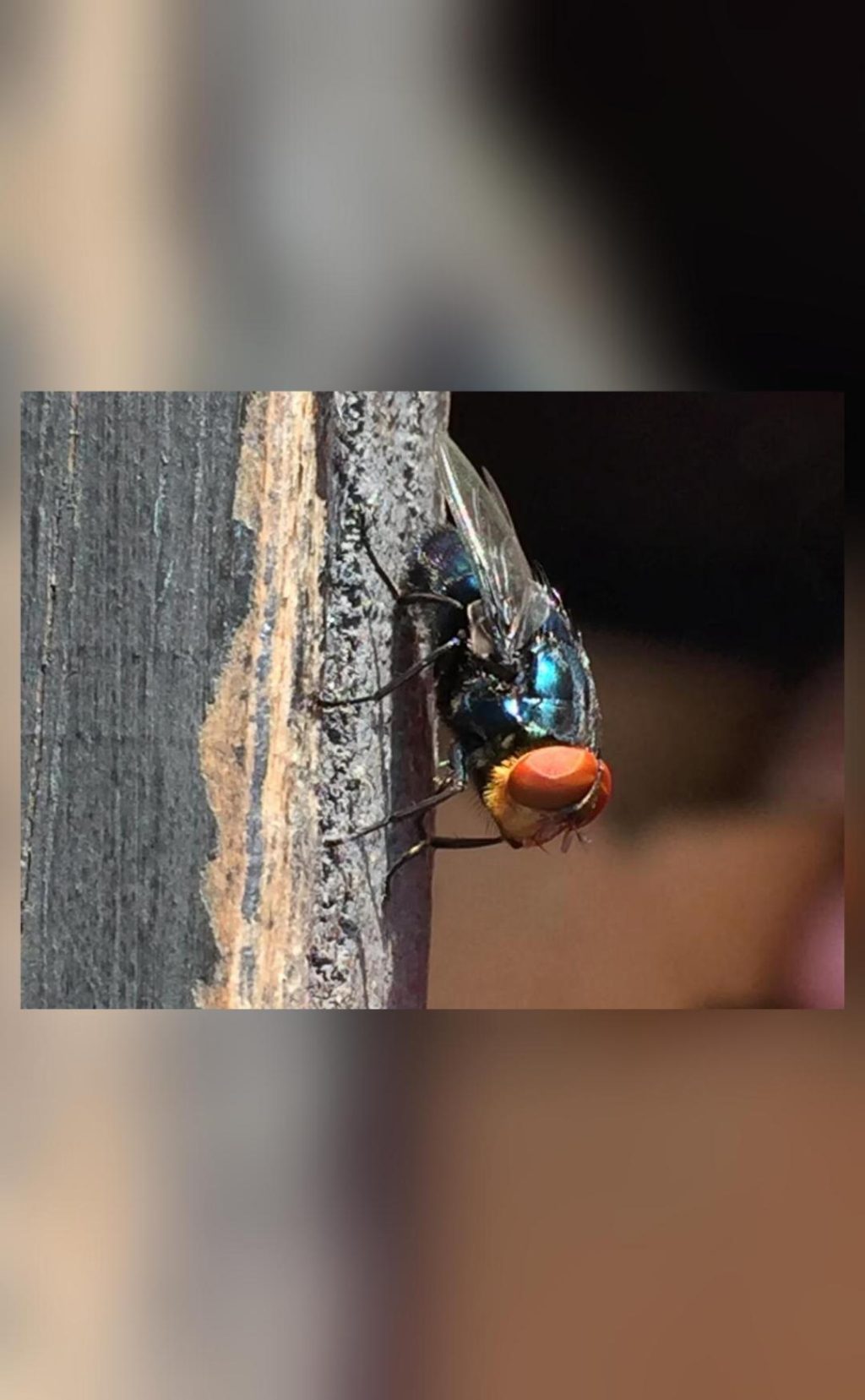
Title: Why is US planning to breed screwworm flies and dump them from planes over Mexico?
The United States government has announced plans to breed billions of male screwworm flies and release them over Mexico and southern Texas to combat the New World screwworm fly, a flesh-eating larvae that threatens the country’s beef industry. This unorthodox approach may raise eyebrows, but it’s a strategy that has been successfully used in the past to control pest populations. In this blog post, we’ll dive into the details of this plan and explore why it’s necessary to protect the US beef industry.
What is the New World screwworm fly?
The New World screwworm fly (Chrysops atlanticus) is a type of fly that is native to the Americas. Its larvae feed on the flesh of warm-blooded animals, including livestock, pets, and even humans. The fly is a significant threat to the US beef industry, as it can cause significant economic losses by infecting cattle and other animals.
In the past, the screwworm fly was a major problem in the southern United States, but it was largely eradicated in the 1960s through the use of pesticides and other control measures. However, in recent years, the fly has made a comeback, likely due to changes in climate and the movement of animals and people between countries.
Why are male flies being bred and released?
The US government’s plan is to breed billions of male screwworm flies and sterilize them with radiation. These sterile males will then be released over Mexico and southern Texas to mate with wild female flies, which will not be able to produce offspring. This approach is known as the “sterile insect technique” (SIT).
SIT has been used successfully in the past to control pest populations. In the 1950s and 1960s, the US government used SIT to eradicate the Mediterranean fruit fly from Hawaii and the Caribbean. More recently, SIT has been used to control populations of the Rift Valley fever mosquito in Africa.
How will the flies be bred and released?
The US Department of Agriculture’s Animal and Plant Health Inspection Service (APHIS) will be responsible for breeding and releasing the sterile male flies. The flies will be bred in insectaries, where they will be reared on a diet of sugar and nutrients.
Once the flies are mature, they will be sterilized with radiation to prevent them from reproducing. The sterile males will then be packaged in special tubes and transported to Mexico and southern Texas for release.
The flies will be released in areas where the wild female flies are most likely to find them. This will increase the chances of the sterile males mating with the wild females and reducing the population.
When will the flies be released?
The US government has announced that the first batch of sterile male flies will be released in the coming weeks. The release will be carried out by planes, which will drop the flies over a specific area.
The release will be done in a controlled manner to ensure that the flies are dispersed evenly and reach the target area. The flies will be released at a rate of about 1 billion per day, with the total number of flies released over the course of several weeks.
What is the impact on the environment and human health?
The release of sterile male flies does not pose a risk to human health or the environment. The flies are harmless to humans and will not bite or sting. They will also not contaminate food or water sources.
The only potential impact on the environment is the temporary displacement of native insects, such as bees and butterflies, which may be attracted to the sugar and nutrients used to rear the screwworm flies. However, this impact is expected to be minimal and temporary.
Conclusion
The US government’s plan to breed and release sterile male screwworm flies is a bold move to protect the country’s beef industry from the flesh-eating larvae of the New World screwworm fly. While it may seem unconventional, the sterile insect technique has been used successfully in the past to control pest populations.
The release of the flies will be carried out in a controlled manner to ensure that they are dispersed evenly and reach the target area. While there may be some temporary impact on the environment, the benefits of controlling the screwworm fly population far outweigh the risks.






